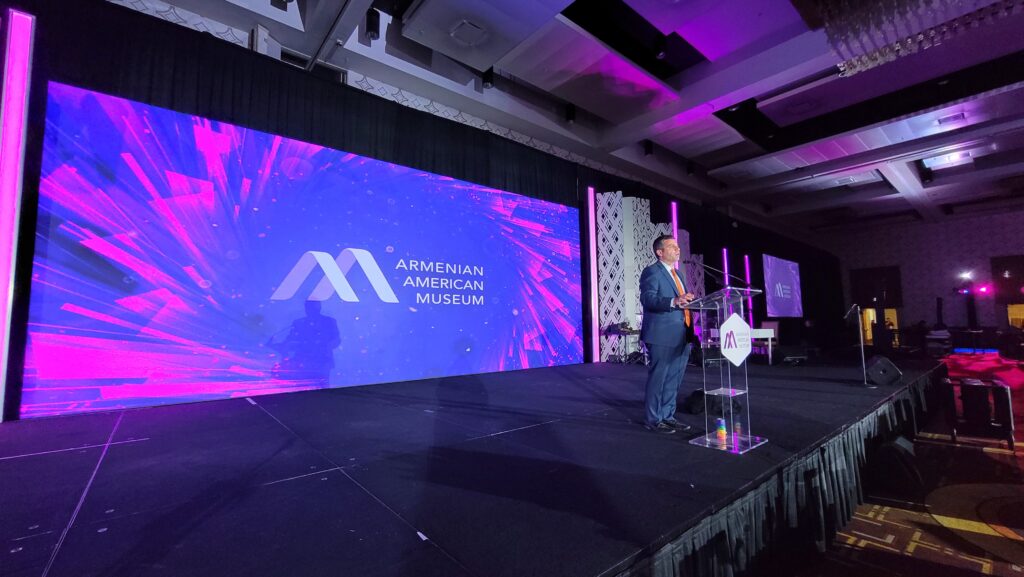A Thorough Comparison of Different LED Video Screen Technologies and The Applications
A Thorough Comparison of Different LED Video Screen Technologies and The Applications
Blog Article
Light Emitting Diode display walls are more common across various settings, such as music events, athletic competitions, as well as corporate meetings. These large big screens consist of made up of many small LED panels that work together to create a single cohesive image. Various multiple kinds of LED video wall technologies available, each having its unique characteristics and benefits. Understanding these technologies can assist companies as well as entities select the appropriate option for their particular needs.
A common kind of Light Emitting Diode display screen solution is the direct view LED. Such solution utilizes individual LED units which are placed closely together to create a large screen. Directly viewed Light Emitting Diode screens are known for their high luminosity as well as lively colors, making them ideal for external activities or brightly illuminated settings. These displays also have a wide viewing angle, allowing indicating that viewers can see the display distinctly at different positions. This renders directly viewed Light Emitting Diode walls a popular choice for stadiums as well as external events.
Another type of LED display screen solution is the LED-backlit LCD. This technology merges conventional Liquid Crystal Display displays and LED backlighting to enhance brightness and color precision. LED illuminated Liquid Crystal Displays are commonly utilized in indoor settings, such as shopping malls and conference spaces. They provide excellent image quality and are typically more affordable than directly viewed Light Emitting Diode screens. Nonetheless, they may often perform as effectively in bright settings, since the illumination can occasionally dull the hues.
A third option is the OLED video wall. OLED technology offers exceptional contrast and color depth in relation to alternative kinds of screens. Every dot in an Organic Light Emitting Diode display produces its individual luminescence, enabling for true blacks and vibrant colors. This makes Organic Light Emitting Diode display screens especially attractive for uses which demand premium images, including gallery galleries or led video wall for advertising high-end retail stores. However, OLED technology can be more expensive and may often be as luminous as directly viewed Light Emitting Diode screens, making it less appropriate for external applications.
In addition to these technologies, various additionally various applications for Light Emitting Diode display walls. They can be utilized for promotion, entertainment, and data display. For example, businesses often use Light Emitting Diode video walls for electronic advertising to attract customers as well as promote products. Within amusement, they enhance the visual encounter at concerts and events, offering lively backgrounds and captivating images. In corporate settings, Light Emitting Diode display screens can be utilized for presentations, video meetings, as well as training programs, aiding to convey information through a aesthetically appealing manner.
To summarize, LED video screens are available in different types, every with its unique benefits and applications. Directly viewed LED walls are ideal for outdoor use, whereas LED-backlit LCDs are more appropriate for indoor environments. Organic Light Emitting Diode video screens offer superior image clarity yet may come at a greater price. Grasping these differences can assist organizations make informed decisions about which kind of Light Emitting Diode video screen best meets their needs, whether it be for advertising, amusement, or business use.